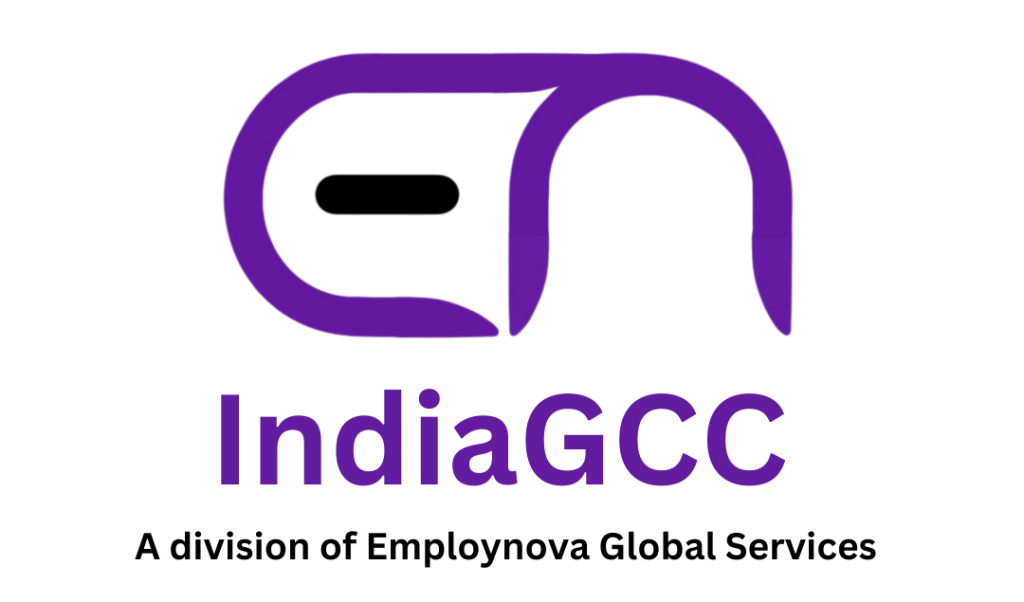The dream of a Global Capability Center (GCC) is seamless collaboration across borders, real-time progress on projects, and a team that “just works” despite geographic boundaries.
The reality?
Missed syncs, communication gaps, and cultural misalignment that slows execution and frustrates everyone involved.
Cultural and time zone differences are often underrated challenges in global team building—but they can make or break your GCC’s effectiveness.
At Employnova, we help organizations not only set up global teams but ensure they operate as one cohesive unit. Here’s how we help tackle these invisible, but very real, barriers.
7 Challenges & Problems to Build Truly Integrated Global Teams
Challenge 1: Time Zone Misalignment Disrupts Agility
The Problem:
When your HQ is in San Francisco and your GCC is in Bangalore or Dubai, 12+ hours of time difference means slow decision-making, delayed responses, and broken agile sprints.
Employnova’s Solution:
We establish “follow-the-sun” delivery models where global teams operate in staggered shifts and use structured handover protocols. We also help define core overlapping hours and shared calendars to align critical touchpoints.
Result: Near real-time progress without late-night firefighting or missed syncs.
Challenge 2: Cultural Nuances Undermine Communication
The Problem:
Cultural disconnects can show up in subtle ways—indirect feedback, varying attitudes toward hierarchy, different work styles, or misunderstandings in tone.
Employnova’s Solution:
We deliver cross-cultural onboarding programs, team workshops, and manager coaching to bridge cultural gaps. We also provide playbooks tailored to your org’s working style, ensuring psychological safety and clear expectations.
Result: Teams that communicate transparently, collaborate effectively, and build mutual trust.
Challenge 3: “Us vs Them” Mindset
The Problem:
When GCC teams feel isolated or treated like back-office support, morale drops. Conversely, HQ may view offshore teams as “vendors” rather than strategic partners.
Employnova’s Solution:
We co-design unified governance models, shared KPIs, and integrated ceremonies (like town halls, retrospectives, planning). We also rotate leaders between geographies to build empathy and alignment.
Result: One global team, one shared mission—with everyone pulling in the same direction.
Challenge 4: Lack of Visibility = Lack of Influence
The Problem:
GCC teams often struggle for visibility into strategic initiatives. This creates a disconnect between execution and business goals—and erodes engagement.
Employnova’s Solution:
We ensure your GCC has a seat at the strategic table—by establishing delivery dashboards, enabling leadership connects, and aligning OKRs across geographies.
Result: Your GCC becomes a value creator, not just a task executor.
Challenge 5: Tools and Processes Not Optimized for Remote Collaboration
The Problem:
Many companies rely on tools designed for in-office teams. Without asynchronous communication, documentation, and virtual collaboration frameworks, remote teams are left out of the loop.
Employnova’s Solution:
We implement remote-first toolkits, a sync documentation practices, and agile ceremonies designed for distributed teams. We also provide training for effective remote collaboration.
Result: Teams that stay in sync even when they’re not online at the same time.
Employnova’s Integration Playbook
Our integration services include:
- Cross-region collaboration frameworks
- Cultural integration & leadership coaching
- Toolchain standardization (Slack, Jira, Miro, etc.)
- Shared OKRs & reporting structures
- Engagement rituals: virtual stand-ups, demos, and innovation days
- Recognition programs that cross borders
Conclusion: GCC Success = Integration Success
The GCC model isn’t just about building a center—it’s about building a globally integrated team.
At Employnova, we ensure your GCC doesn’t feel like a remote outpost, but like a fully embedded arm of your global workforce—aligned, agile, and accountable.
Because when time zones and cultures are treated as assets—not obstacles—you don’t just get better execution.
You get better innovation, collaboration, and growth.
